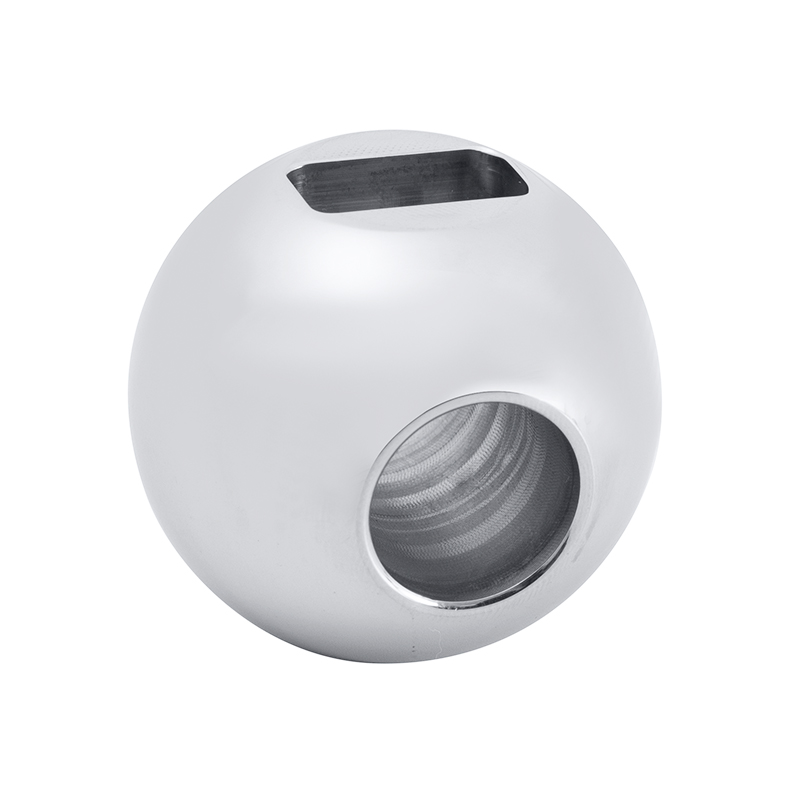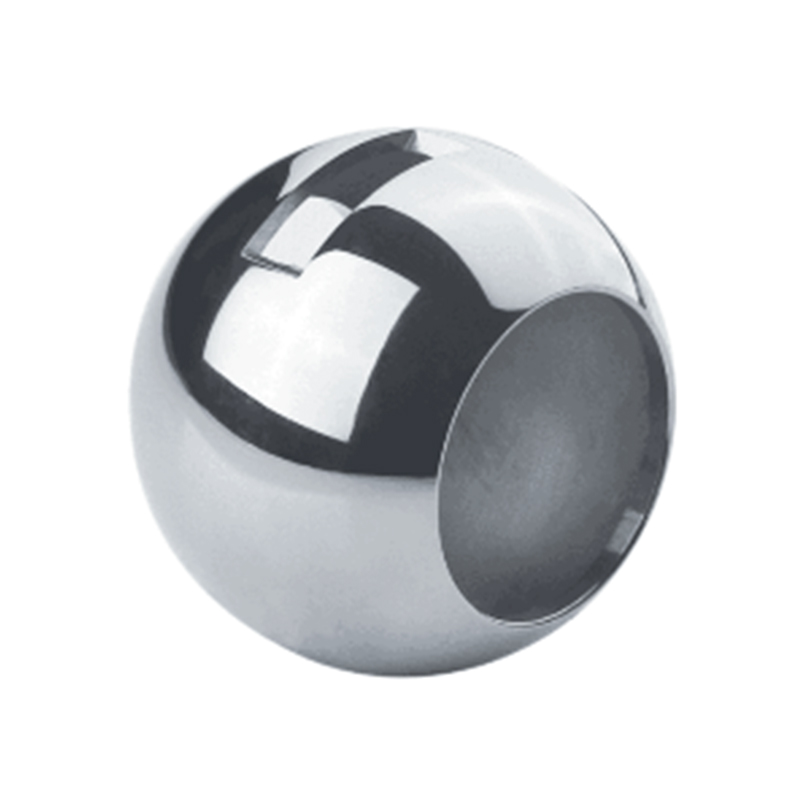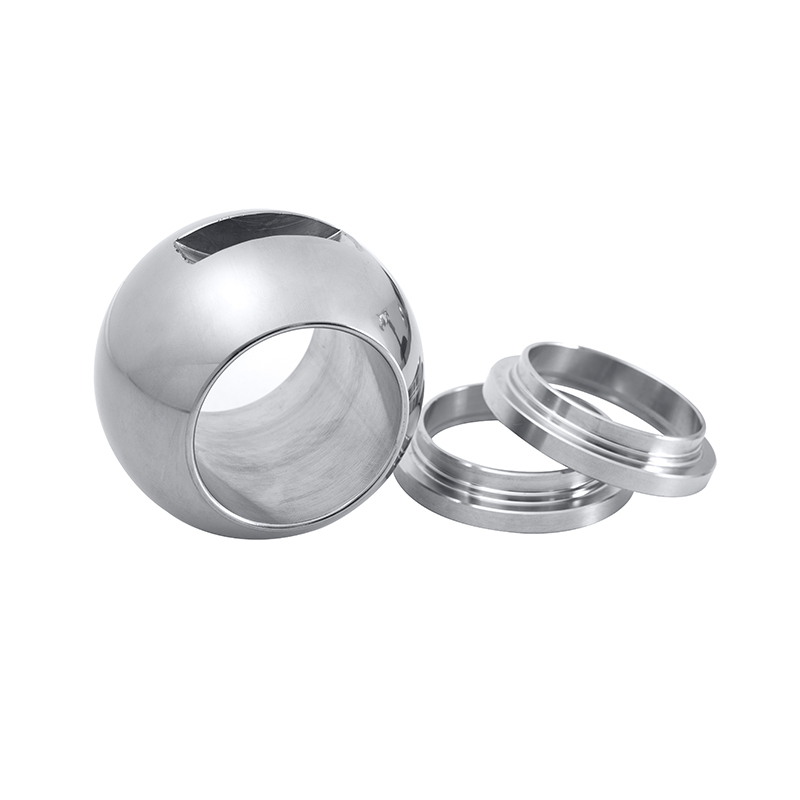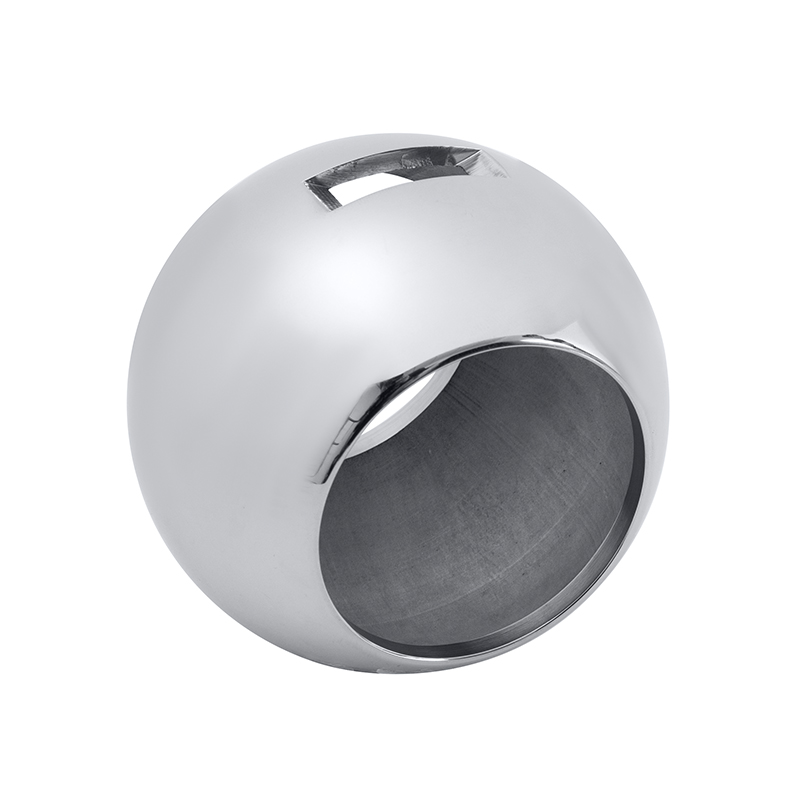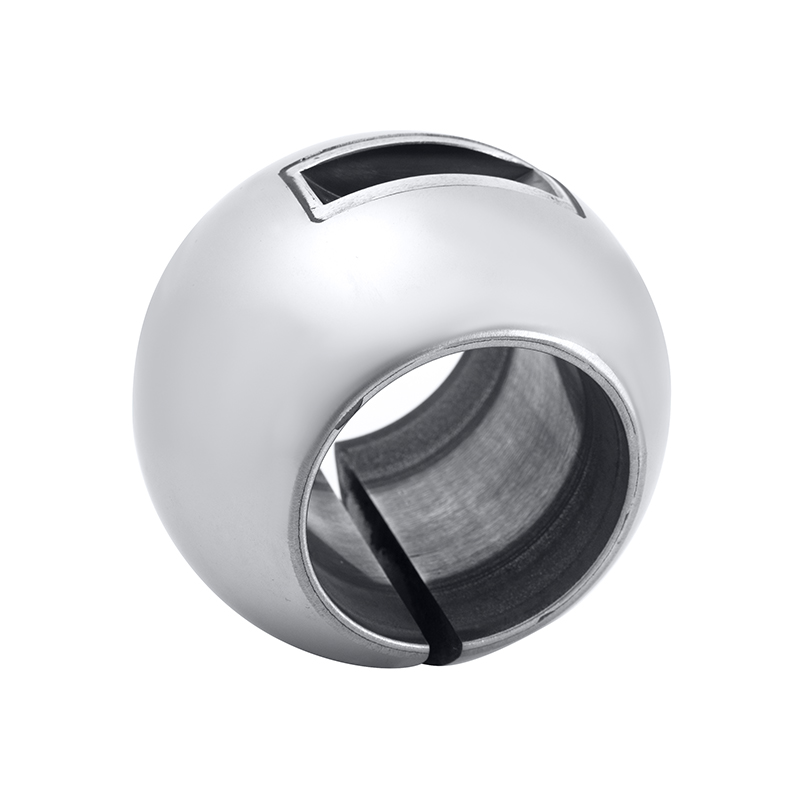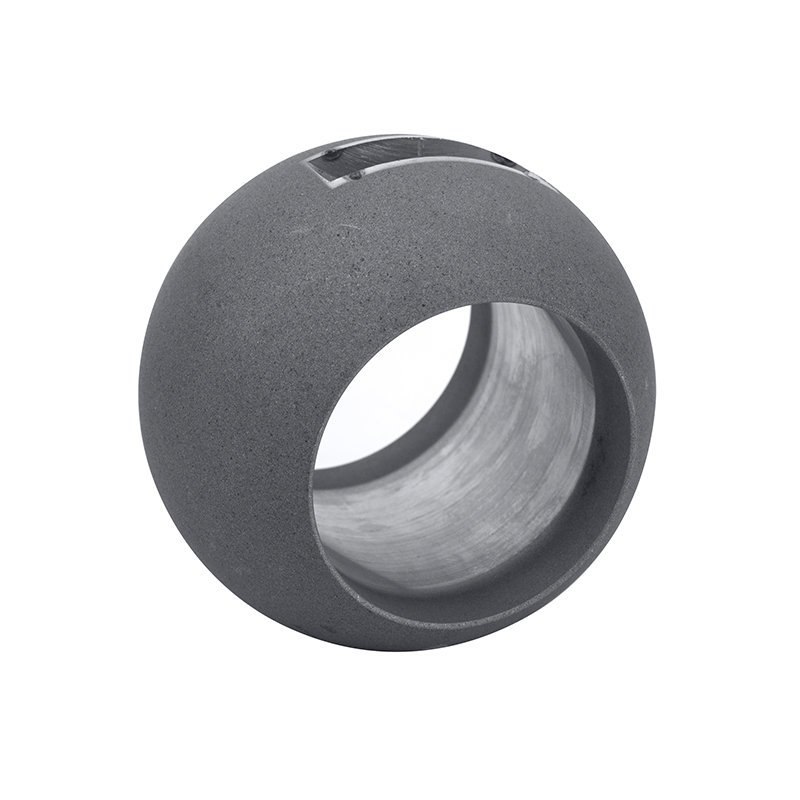Valve balls are critical components in many industrial systems, used to control fluid flow, regulate pressure, and ensure safety. Their performance directly impacts the efficiency and reliability of valves such as the mini ball float valve, 3 way shut off ball valve, and high flow ball valve. To maintain system integrity and prevent failures, regular inspection and testing of valve balls are essential. Non-destructive testing (NDT) methods offer a practical approach to assess the condition of valve balls without damaging the components, thereby extending their service life and reducing downtime.

This article explores common non-destructive testing techniques applicable to valve balls, focusing on how they can be effectively used for different valve types, including the mini ball float valve, 3 way shut off ball valve, and high flow ball valve.
Importance of Non-Destructive Testing for Valve Balls
Valve balls undergo considerable mechanical stress and corrosive environments depending on the application. Any defect, such as cracks, corrosion, or material degradation, can advance to leakage, operational inefficiency, or catastrophic failure. For instance, a mini ball float valve used in precise fluid level control demands strict quality assurance to avoid malfunction in small-scale systems. Similarly, a 3 way shut off ball valve that directs flow in multiple directions requires reliable sealing surfaces and structural integrity. High flow ball valves, often used in large pipelines, must handle substantial pressure and flow rates, making defect detection critical.
Non-destructive testing methods allow for early detection of flaws, ensuring timely maintenance or replacement while avoiding the cost and inconvenience of disassembly or destruction.
Common Non-Destructive Testing Methods
Visual Inspection
Visual inspection is the more straightforward NDT method. It involves checking the valve ball surface for visible signs of wear, corrosion, or deformation. Though simple, visual inspection is crucial for identifying surface defects that might affect valve operation, especially in mini ball float valves where precision is key.
Ultrasonic Testing (UT)
Ultrasonic testing uses high-frequency sound waves to detect internal flaws within the valve ball material. This method can reveal cracks, voids, and inclusions that are invisible to the naked eye. Ultrasonic testing is particularly useful for 3 way shut off ball valves, where the internal pathways and seals must be free from defects to maintain proper flow control. The technique involves placing a transducer on the valve ball surface and analyzing the reflected signals to locate imperfections.
Magnetic Particle Testing (MPT)
Magnetic particle testing is suitable for detecting surface and near-surface cracks in ferromagnetic valve balls. After magnetizing the valve ball, fine magnetic particles are applied, which gather around any discontinuities, making them visible under UV light or normal lighting. This method is efficient for inspecting high flow ball valves made from magnetic materials, as it quickly identifies cracks caused by operational stresses.
Dye Penetrant Testing (DPT)
Dye penetrant testing involves applying a liquid dye to the valve ball surface, allowing it to seep into any cracks or pores. After a set time, excess dye is removed, and a developer is applied to draw out the dye trapped in defects, making them visible. DPT works well for detecting surface-breaking defects in all types of ball valves, including mini ball float valves, where even minor surface flaws can impact valve performance.
Radiographic Testing (RT)
Radiographic testing uses X-rays or gamma rays to produce images of the internal structure of valve balls. This method can detect internal flaws such as porosity or inclusions. RT is particularly useful for high flow ball valves, where the integrity of the entire valve ball volume is critical to prevent leakage and ensure durability under high pressure.
Eddy Current Testing (ECT)
Eddy current testing is an electromagnetic method that identifies surface and near-surface defects in conductive materials. It is rapid and does not require direct contact with the valve ball. ECT is suitable for 3 way shut off ball valves made from conductive metals, as it can detect small cracks or material thinning that might compromise valve function.
Choosing the Appropriate NDT Method
Selecting the correct non-destructive testing method depends on the valve ball material, size, and operational environment. For example, mini ball float valves often require precise surface inspections, making dye penetrant and visual inspections effective choices. In contrast, high flow ball valves exposed to high pressures benefit from ultrasonic or radiographic testing to detect internal flaws.
Combining multiple NDT methods can also improve defect detection. For instance, a visual inspection followed by magnetic particle testing can help identify both surface and near-surface defects in a high flow ball valve.
Non-destructive testing methods provide valuable insights into the condition of valve balls used in mini ball float valves, 3 way shut off ball valves, and high flow ball valves. These techniques help ensure operational reliability and safety while reducing unnecessary downtime and costs associated with valve failure. Regular inspection through appropriate NDT methods supports the longevity and consistent performance of valve systems across various industries.
Understanding and implementing suitable non-destructive testing approaches is an important part of valve maintenance strategies, enabling early identification of defects and informed decision-making for maintenance or replacement.

 English
English Español
Español Deutsch
Deutsch
